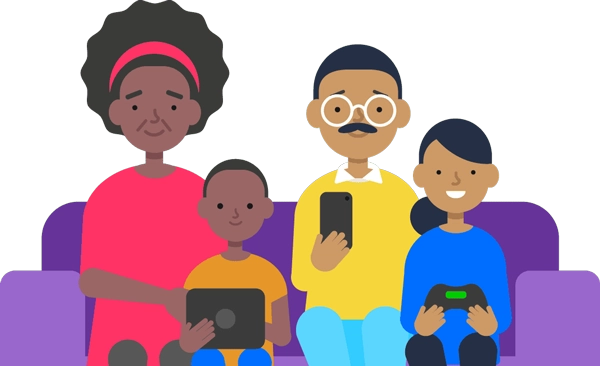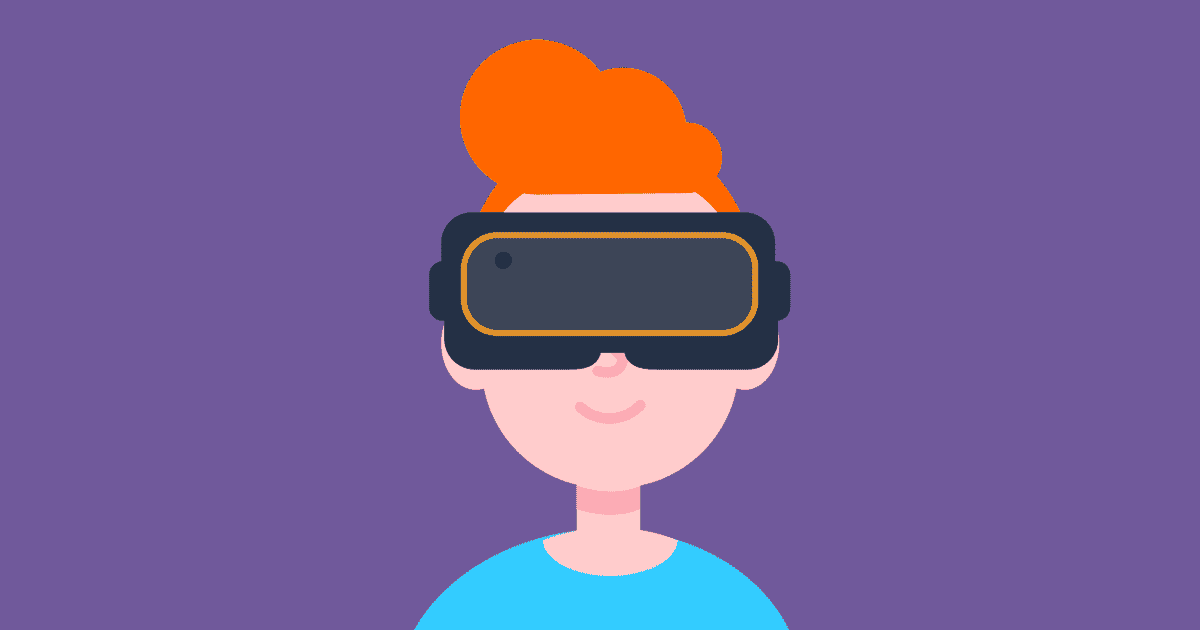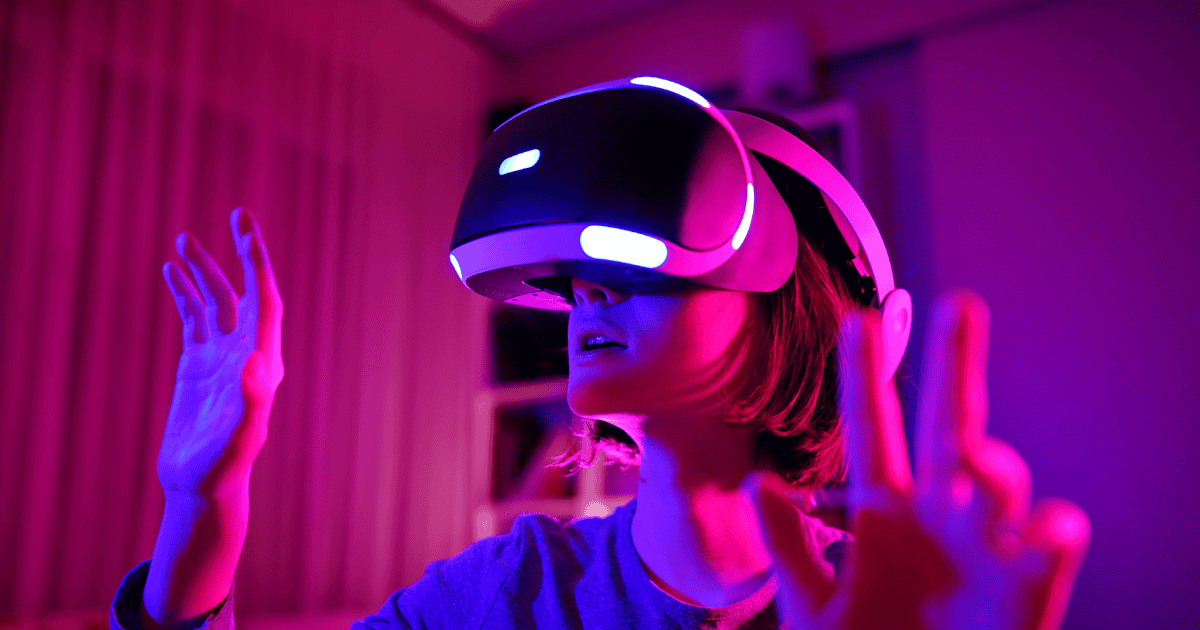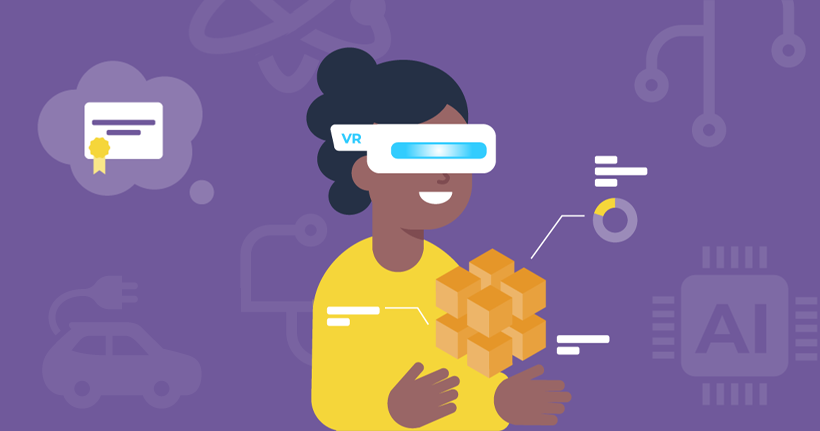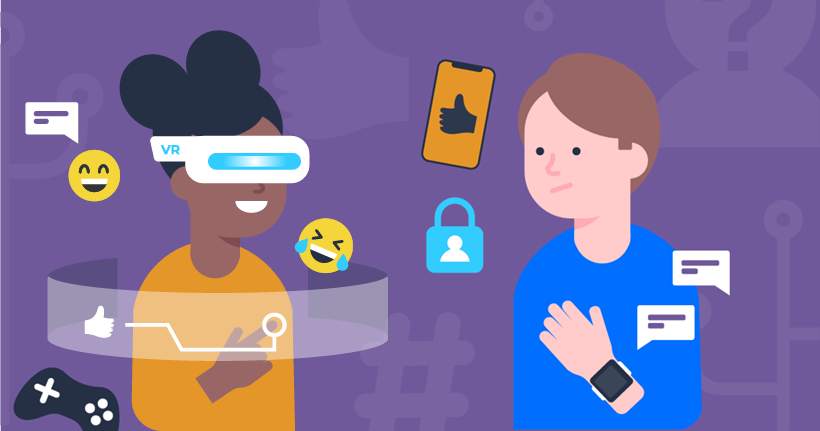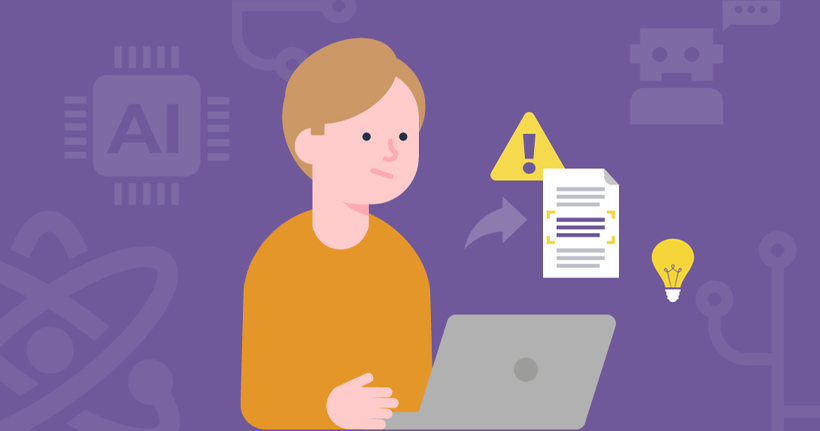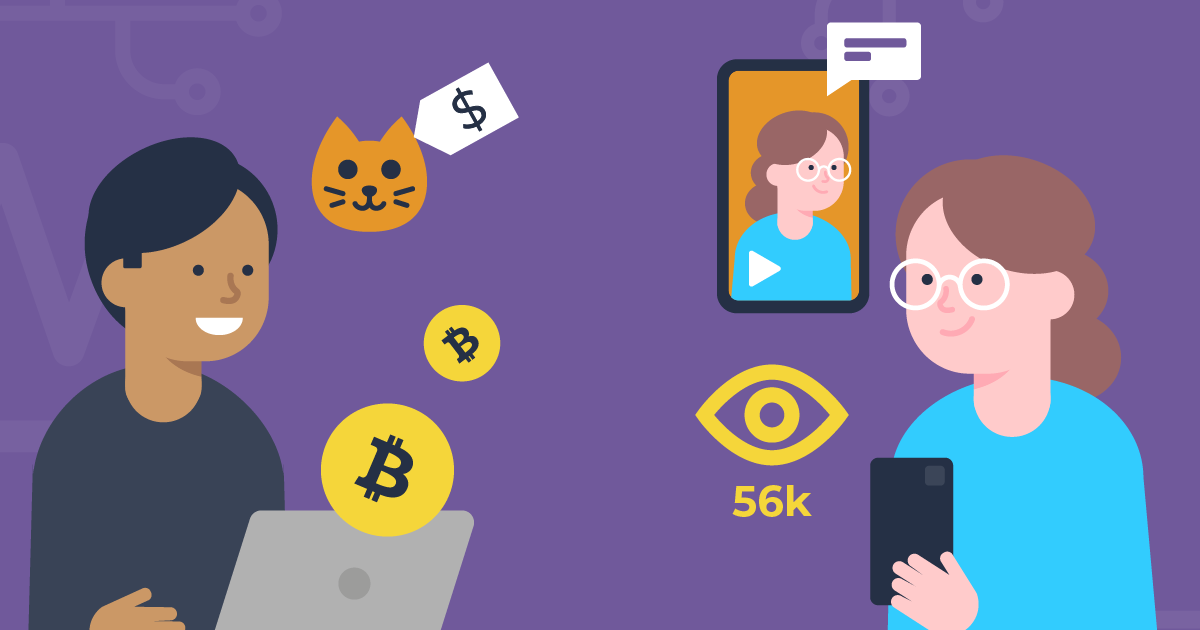Is immersive learning and the metaverse accessible for all?
One benefit of the digital space is the accessibility and ease of communication. This means vulnerable children such as those with autism, who find it difficult to communicate with others offline, can find community online.
The metaverse and extended reality offer even more interaction online. With VR headsets, children otherwise limited in movement can explore and move just like anyone else. Additionally, some tech only requires eye movement or upper body use, meaning more children can access the metaverse and immersive learning.
However, extended reality (and immersive learning by extension) could lead to negative impacts on physical wellbeing. Prolonged inactivity, nausea and environmental danger are all potential harms.
Additionally, devices designed for adults might not take into consideration children’s size or development. As such, children could face greater risks of eye strain, fatigue or dizziness as well.
Ultimately, every child is different as are their abilities. So, parents and carers should consider the individual when making decisions around immersive learning and the metaverse.


